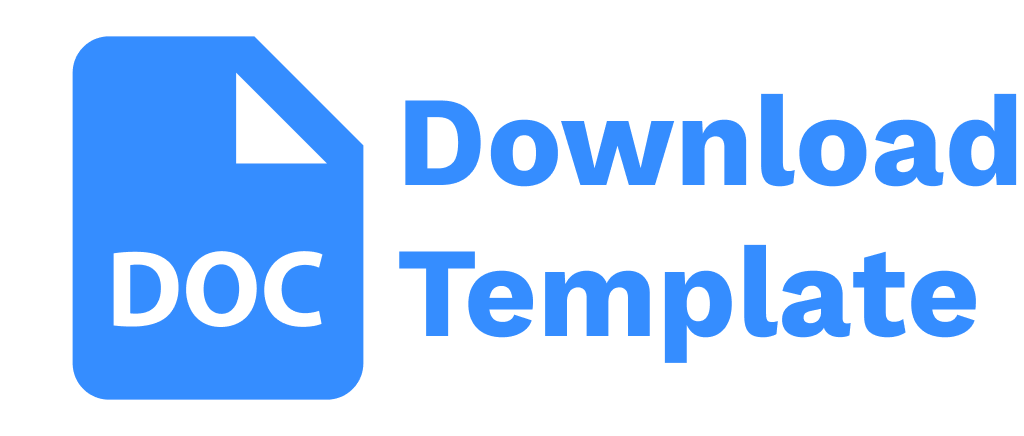Development of Blended Learning (Syncronous vs. Asyncronous) Physical Education Health and Recreation Models
Pengembangan Model Pembelajaran Blended Learning (Syncronous vs Asyncronous) Pendidikan Jasmani Kesehatan Dan Rekreasi
DOI:
https://doi.org/10.21070/madrosatuna.v3i1.1997Keywords:
Development, Blended Learning, Syncronous vs AsyncronousAbstract
One of the success learning process is appropriat learning design and in accordance with the conditions of learners and the learning environment. The purpose of designing a study is to improve and enhance the quality of learning. Based on the observations made by the researcher team teaching theoretical subjects in students found especially PJKR tendency kinesthetic learning pattern is a pattern of learning absorb information through physical practice. The purpose of this research is the development of a draft development know Learning Blended Learning Model (syncronous vs. Asynchronous) at the Teachers' Training College Budi Utomo. To learn more about whether blended learning (syncronous and asyncronous) appropriate for use in student sports that have these problems, it is essential that research efforts further to the researchers took the title of Model Development Learning Blended Learning (syncronous vs. Asynchronous) On Student Education Department of Sport Teachers' Training College Budi Utomo Malang. This development research using ADDIE Model. ADDIE Model is a model of the learning system of a general nature and is one of the models in the product development, application of the ADDIE model of instructional design facilitates the learning environment tailored to the existing problems. Each stage in the model ADDIE evaluations are available, so that each stage will affect the next stage. Based on trials that have been carried out to subject matter experts, media specialists and students can be concluded that the Development Model of Learning Blended Learning In Teachers' Training College Student Department of Sport Education Budi Utomo Malang have valid criteria / feasible. It is necessary for sustainability and cooperation in implementing the model.
References
Achdiat, Maman, (2001). Teori Belajar Mengajar dan Aplikasinya Dalam Program Belajar Mengajar
AECT. (2004). AECTDefinition and Terminology Committee Document: The Meanings of Educational Technology.
Alessi, SM and Trollip, SR. (2001). Multimedia for Learning: Methods and Development. (3rd Ed). Boston MA: Allyn and Bacon, Inc.
Allen, IE, Seamen, J. & Garret, R. (2007). Blending in: The Extent and Promise of Blended Education in the United States. USA: The Sloan Consortium.
Archer, J. W. &Schawrtz, J. (1966). A Reader for Writers. New York: McGraw Hill Inc.
Arend, R.I. 2008. Learning to Teach. New York: McGraw Hill Companies.
Arikunto.Suharsimi, (2006). Dasar-dasar Evaluasi Pendidikan.Jakarta:PT Bumi Aksara.
Arikunto.Suharsimi, (2006). Prosedur Penelitian.Jakarta:Rineka Cipta.
Arsyad.azhar, (2009).Media Pengajaran.Jakarta: RajaGrafindo Persada
Ary, D.; Jacobs, L. C.; Razavieh, A. (1982). Introduction to Research in Education. (Terjemahan Arief Furchan). Surabaya: Usaha Nasional.
B. Nugroho, (2005). Database Relasional dengan MySQL. Yogyakarta: Penerbit Andi.
Bandura, Albert. 2001. Social Cognitive Theory: An Agentic Perspective Annual Review of Psychology Vol. 52: 1-26 (Volume publication date February 2001) DOI: 10.1146/annurev.psych.52.1.1 Department of Psychology, Stanford University, Stanford, California 94305-2131.
Baturay, M.H. & Yukselturk, E. (2015). The role of online education preferences on student’s achievement. Turkish Online Journal of Distance Education, 16(3), 3-12
Bersin & Associates (2003). Blended Learning:Whats works?Retrieved February 2008 fromhttp:/www.e-learningguru.com/wpapers/blended_bersin.doc
Degeng, I.N.S. Landasan Teoritik Desain Pembelajaran. Malang: Fakultas Pascasarjana IKIP Malang
DeNeui, D.L and T.L Dodge, (2006). ”Asyncronous Learning Networks and Student Outcomes: The Utility Online Learning Components in Hybrid Course,” Journal of Instruction Psycology, 33:4, pp. 1256-259
Dziuban, C,H Joel L. Hartman Patsy D. Moskal. (2004), Blended Learning Research Bulletin7, 1-12
Heinich. (1996). Instructional Media:New York John Willey & Sons.
Heinze, A., & Procter, C. (2004). Reflections on the use of blended learning. In Education in a Changing
Mortera-Gutierrez, F. J. (2006). Faculty best practices using blended learning in e-learning and face-to-face instruction. International Journal on E-Learning, 5, 313–337
Joyce, B., & Marsha, W. (2000). Models of Teaching. Amerika: A. Pearson Education Company.
Oravec, J. (2003). Blending by blogging: Weblogs in blended learning initiatives. Journal of Educational Media, 28, 225–233.
Osguthorpe, R., & Graham, C. (2003). Blended learning environments. Quarterly Review of Distance Education, 4, 227–233.
Riana, K. E., Zuhairi, A., & Maria, M. (2006). The decision-making process of distance education students at Universitas Terbuka in Indonesia. Asian Journal of Distance Education, 4(1), 20-33 .
Riyana, C. (2011). Teknologi Informasi dan Komunikasi dalam Pembelajaran: Blended Learning. Artikel TIK, 21-24.
Rovai, A. P., & Jordan, H. M. (2004). Blended learningand sense of community: A comparative analysis with traditional and fully online graduate courses. The International Review of Research in Open and Distance Learning, 5(2). https://doi.org/10.19173/irrodl.v5i2.192.
Rusman. (2015). Model-Model Pembelajaran: Mengembangkan Profesionalisme Guru. Jakarta: Raja Grafindo Persada.
Semler, S. (2005). Use Blended Learning to Increase Learner Engagement and Reduce Training Cost. Retrieved from http://www.learningsim.com/content/lsnews/ blended_learning1.html
Sharpe, R., Benfield, G., Roberts, G., & Francis, R. (2006). The undergraduate experience of blended e-learning: A review of UK literature and practice. Retrieved fromhttp://www.heacademy.ac.uk/assets/York/documents/ourwork/archive/blended_elearning_Full_review.pdf
Whitelock, D., & Jelfs, A. (2003). Editorial: Journal ofEducational Media Special Issue on Blended Learning. Journal of Educational Media, 28(2-3), 99-100. https://doi.org/10.1080/1358165032000177407







